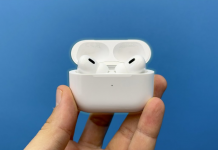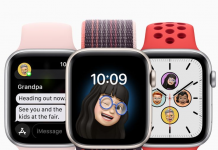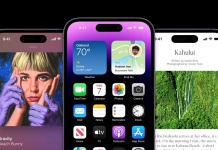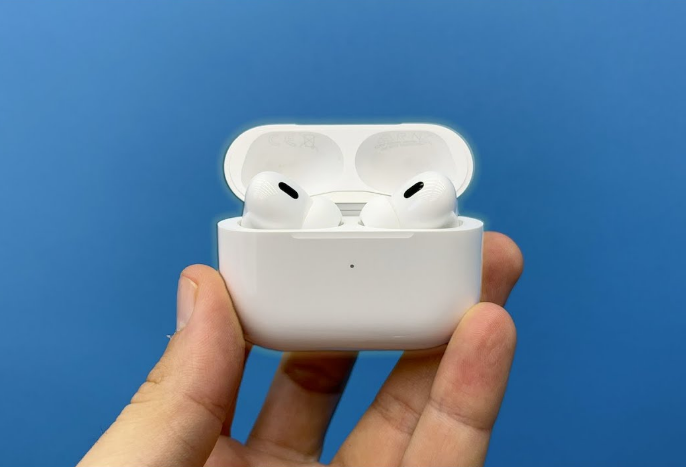The second-generation Apple AirPods Pro convinced us above all for a significant step forward from the point of view of the intelligence of the active noise cancellation feature, but also the audio quality has improved in a tangible way. And this is surprising above all because of the continuous absence of support for lossless formats, a detail that many complain about especially if you consider the price range in which the accessories are placed.
But in an interview with the specialized portal What Hi-Fi, the engineer Esge Andersen responsible for the acoustics explains some processes and reasoning that led to this decision, and adds some interesting information on how Apple managed to improve audio quality without changing codecs. For those who have no problems with English and are passionate about audio, the suggestion is to follow the SOURCE link at the bottom of the article and read the interview in full: it does not take much time. For everyone else, below we leave you some ideas and highlights that we found particularly interesting:
Pocket AirPods Max. This was, basically, Apple’s goal when work began on the new generation of AirPods Pro.
It’s all about space. Andersen explains that the most important advances in quality have been made not so much by improving the technology, but by better positioning the various components in the available space. For example, Apple redesigned the vents to make sure the airflow reached the drivers optimally, same reasoning for the microphones.
Long live simplicity. In this specific case, simplicity was the key to progress: compared to the first generation, which had an air intake on the back and one on the front, in the second generation there is only one on the back. This allowed the high frequencies to be louder and the bass to be cleaner and more powerful. Reducing and minimizing air turbulence problems was particularly important.
Quality at all volumes. It often happens that headphones, speakers and speaker systems sound particularly good only at certain volume levels, while Apple has worked to ensure that this does not happen, fine-tuning the response of the speakers at each volume step – both in stereo mode and in Spatial Audio mode. Not only that: optimizations have also been made according to the various use cases and even according to the type of Apple device connected.
A team of experienced listeners. Apple explains that it has an entire team of listeners who evaluate and decide how each speaker should sound based on the various scenarios. This team allows to cover a much greater amount of circumstances and above all to have a reasonably homogeneous sound for every type of audio product, from HomePod speakers to AirPods Max headphones to TWS earphones. Apple strives to build a sound that appeals to everyone. And above all, the design must never hinder the quality of the result.
Hi-Res codec? Andersen explains that sound quality is always a priority for Apple, but that he believes at the moment that there are other factors that have a greater impact on it without needing to change the codec. And what’s more, the current codec is particularly reliable and stable in all circumstances and situations.
































